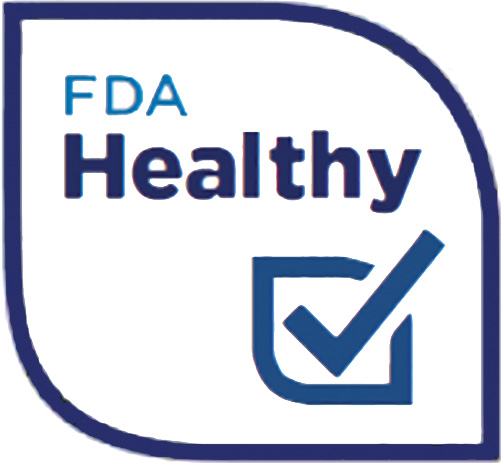The FDA is making strides to further benefit the consumer when it comes to what we eat and how we can find it.
New Year’s resolution. A pretty familiar term. This is the time many of us make a list of things we want to begin, stop, or change to become better versions of ourselves so it is no surprise that healthy eating and wellness remain at the top of the list year after year.
And resolutions are a good thing given the data that show more than 80 percent of people in the United States do not eat enough vegetables, fruit, and dairy. Most of us also consume more added sugars, saturated fat, and sodium than are necessary.
For some, changing eating habits can be overwhelming given the myriad options available and, more commonly, the difficulty in deciphering which foods and plans are truly healthy.
See our story on page 24 for more about eating plans.
With a Little Help From My Friends
As part of its efforts to help consumers make good choices, reduce the risk of chronic diseases and improve general health, the Food and Drug Administration (FDA) recently proposed a new rule focusing on helping us sustain healthier eating habits. The timing of this proposal intentionally coincided with the White House Conference on Hunger, Nutrition, and Health.

The proposed rule would help ensure nutrient-dense foods, according to the Dietary Guidelines for 2020-2025, can carry this label. The FDA also plans to change the consumer labeling on these foods to detail the nutritional information of each.
What is a “Healthy” Food?
The FDA believes redefining “healthy,” identifying foods that qualify, and modifying the limits on certain nutrients are key to changing the way people shop for food. Under the current definition, there are limits for total fat, saturated fat, cholesterol, and sodium.
Salmon, due to its high fat content, is not healthy under the current definition. However, taking other benefits into consideration—rich in omega-3 fatty acids and protein and low in cholesterol and saturated fat—it may qualify under the new rule.
Avocados and most whole raw fruits and vegetables, nuts, seeds, and certain oils do not currently qualify as healthy.
Water does not currently qualify as healthy, but is under consideration in the new paradigm.
The agency announced on September 28th that under the proposed new definition, in order to use the new label on their packaging, products must also contain a certain meaningful amount of food from at least one of the food groups or subgroups in the guidelines. Each must also adhere to specific limits for certain nutrients, such as saturated fat, sodium, and added sugars.
The threshold for those limits is based on a percentage of the DV for the nutrient and varies depending on the food and food group. For example:
A food item or product must provide at least 10 percent of the daily value (DV) for at least one of the following: iron, fiber, calcium, protein, vitamin A, and vitamin C.
The limit for sodium is 10 percent of the DV per serving (230 milligrams per serving).
Cereal must contain ¾ ounces of whole grains and no more than 1 gram of saturated fat, 230 milligrams of sodium, and 2.5 grams of added sugars.
How Can I Find Them?
In addition to identifying foods appropriately, the new labels will make them more easily recognizable by the consumer. Using the healthy symbol and label are both voluntary, but the benefit to consumers will be in greater confidence and efficiency while shopping. According to the FDA, “Symbols may be particularly helpful for those with lower nutrition knowledge to identify foods that can be the foundation of a healthy eating pattern.”
First Steps
It is important to note the new proposal could take months to be firmly in place. However, those hoping to make positive change can start now to be more aware of eating patterns and incorporate more whole and fewer processed foods in their daily diet. Click here to check for updates to the Dietary Guidelines and progress on the proposed new rule.
